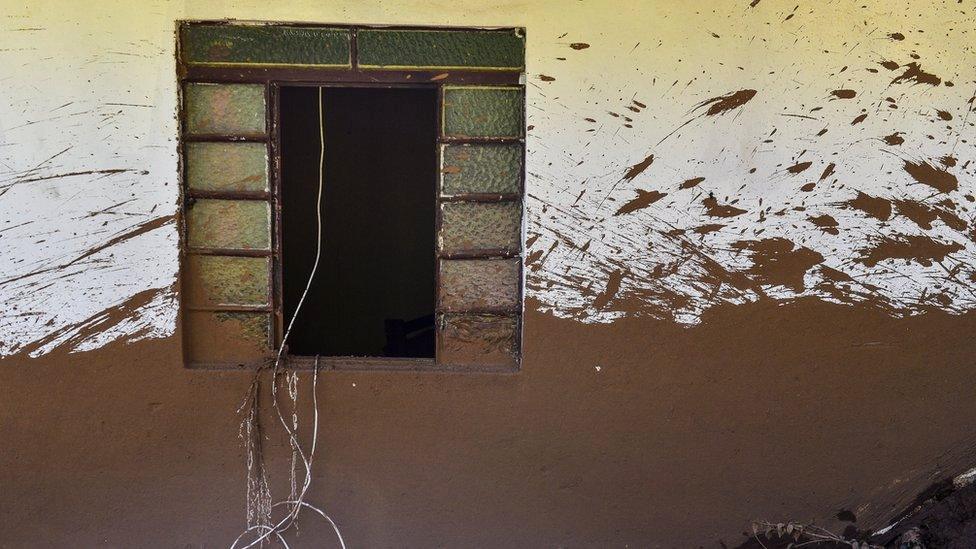Brazil dam collapse: The crucial questions
- Published
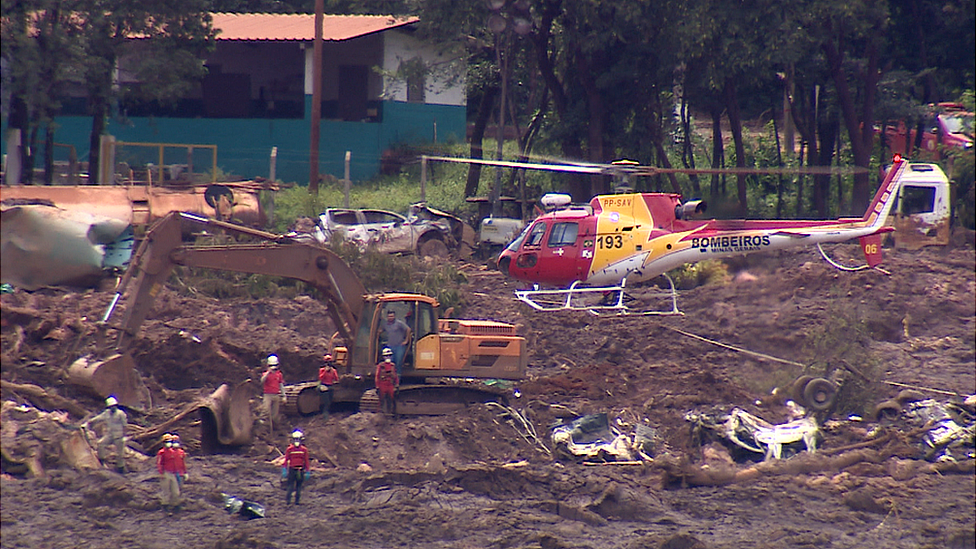
The torrent of toxic sludge buried homes, the mine's cafeteria and administrative buildings
Every day since the catastrophic dam collapse in Brazil, new allegations have surfaced about what went wrong.
While rescue teams still search the sludge for bodies near the town of Brumadinho, investigators are delving into what the mine's owner, Vale, knew about the risks, and when.
The latest confirmed death toll has now reached 121 and the number missing stands at 226.
More than a week since the disaster there's a frenzy of claim and counter-claim, so here are a few of the questions now brought into sharper focus.
How closely was the dam inspected?
According to Vale, the structure "underwent ongoing independent and external audits" - with an outside German contractor engaged to do the job.
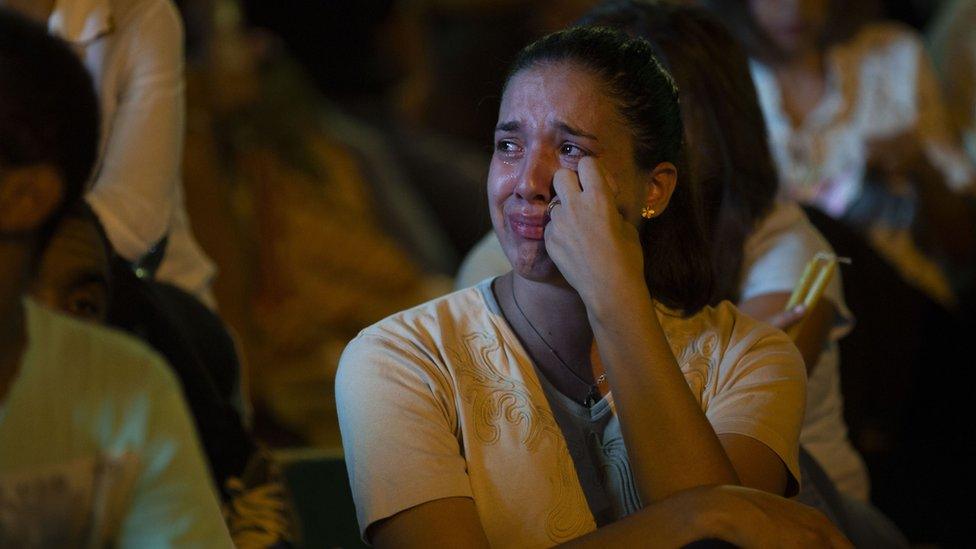
The victims have been mourned at Church services
Fortnightly inspections were carried out, it says, the most recent happening just before last Christmas, and these were then reported to Brazil's National Mining Agency.
And, last month, two "structural inspections" took place.
This sounds authoritative but it's not clear exactly what's involved in these different inspections and, critically, how comprehensively the barrier was assessed.
It also raises an issue about the system of mine inspections. The statement says the checks were "reported to" the mining agency, not that the mining agency itself did the work.
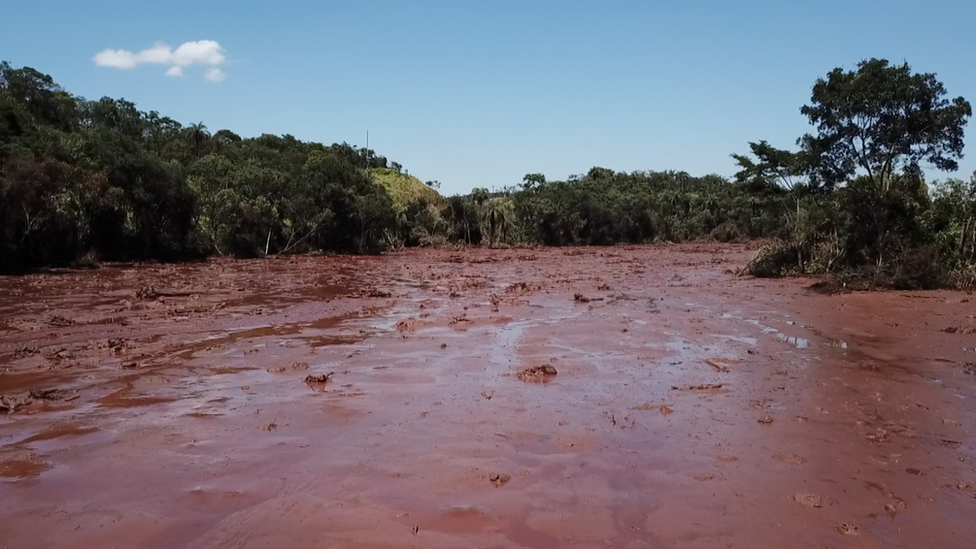
An estimated 12 million cubic metres of sludge was released
Critics say a weakness of the Brazilian system is that mining companies themselves pay for the inspections.
And they also point out that a tiny band of government inspectors has to try to verify this work at nearly 800 mining dams across the country, often without the right tools or even the vehicles to perform the task.
But surely a warning system was in place?
Vale did have a warning system involving video cameras keeping watch on the dam and a network of sirens to alert the communities downstream.
But on the day it was most needed, it failed.
In one village where some 15 houses were buried in the deluge, Mario Fontes pointed out the siren nearest his home, on a mast positioned on a hill. As the torrent of mining waste approached, and then surged past just metres away, the device remained silent.
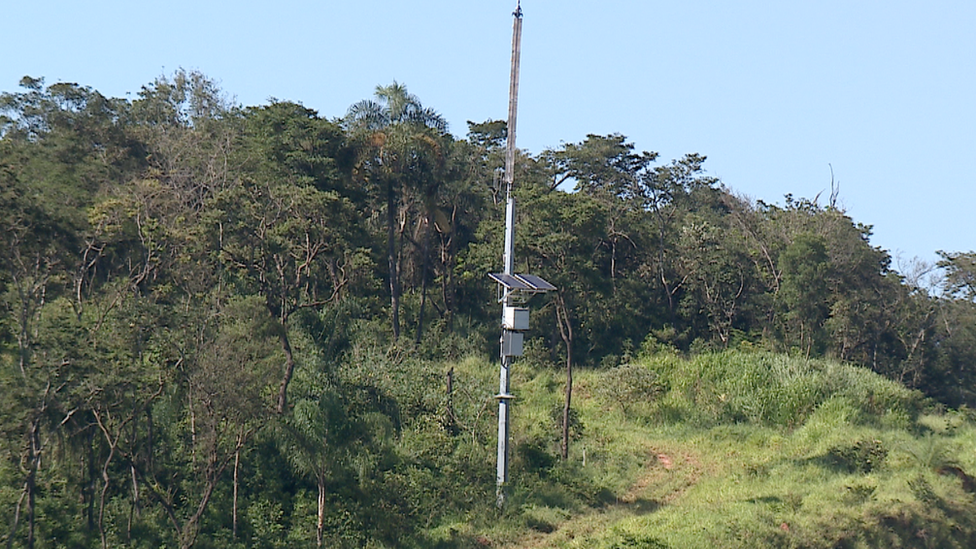
The warning system the company had installed was not triggered by the dam burst
The explanation from Vale is that the warning system was not automatic but had to be triggered manually from an emergency centre - and the company admits that the speed of the event made this impossible.
According to an email I received from Vale, the emergency centre was located outside the mine area - presumably to keep such a key facility at a safe distance from any possible breach of the dam.
So this suggests that the centre's location was not enough to save it - that it was overwhelmed by the sudden escape of mining waste flowing in a direction that had not been predicted.
Another explanation in the Brazilian media is that the two men meant to operate the emergency centre were working in the mine itself at the time and were killed before they could make it to their positions.
Either way, no-one downstream had a clue what was heading their way.

Did Vale assess the risks of the dam breaking?
Yes, it turns out that last year the company hired a team of surveyors to carry out a detailed analysis of the topography of the areas below the dam.
Mario Fontes has described to me how specialists came to his property to make detailed measurements of the altitude of different points - a process they called 'geo-referencing'.
He says they also gathered data about his house, and others, asking about the method of construction and value.
Mario suspected that this was part of an analysis of potential impacts of a dam collapse but he was not told specifically.
So, I asked him, did he hear any more about it? Did Vale share its conclusions about who was at risk?
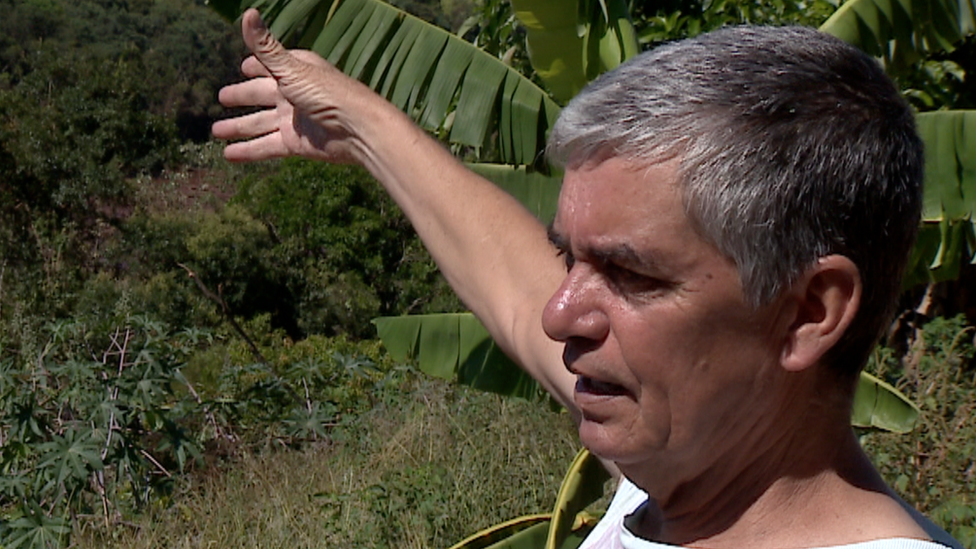
Mario Fontes says residents were not told of the risks from the dam
"No, nothing," he told me. "There was never any alert or training, no information, absolutely nothing about us being at such risk."
Vale has confirmed that it drew up an Emergency Action Plan based on "technical studies of hypothetical situations in case of dam breach".
It has to do this under Brazilian law but it's not clear why it only happened last year.
We have to assume the plan involves a computer simulation of the likely flow of sludge was created, identifying which areas and which homes were most at risk.
But this map has never been seen in public - like many journalists I've tried to get hold of it but haven't succeeded so far.
Vale says it shared its plan with the local authorities, including the administration here in the town of Brumadinho. So what do they say they about it?
The mayor of Brumadinho, Avimar Barcelos, is quoted is describing the Vale plan as "very brief", and that the company should have provided booklets and training for local residents.
What happens next?
Gradually the full story will emerge, but that may take many months.
Already we've started to see people with links to Vale becoming a bit more open with the media. That's a big step for a community heavily dependent on the mining giant for jobs and income.
For the moment, hundreds of families are in grief and many say they are now angry as well.
"Many dreams were buried in the mud," says Eliu Camara de Siqueira Junior, who lost his father-in-law at the mine.
"Dreams of young people who were looking forward to a job with Vale, dreams of older people looking forward to retiring in the countryside, all this is now under the mud."
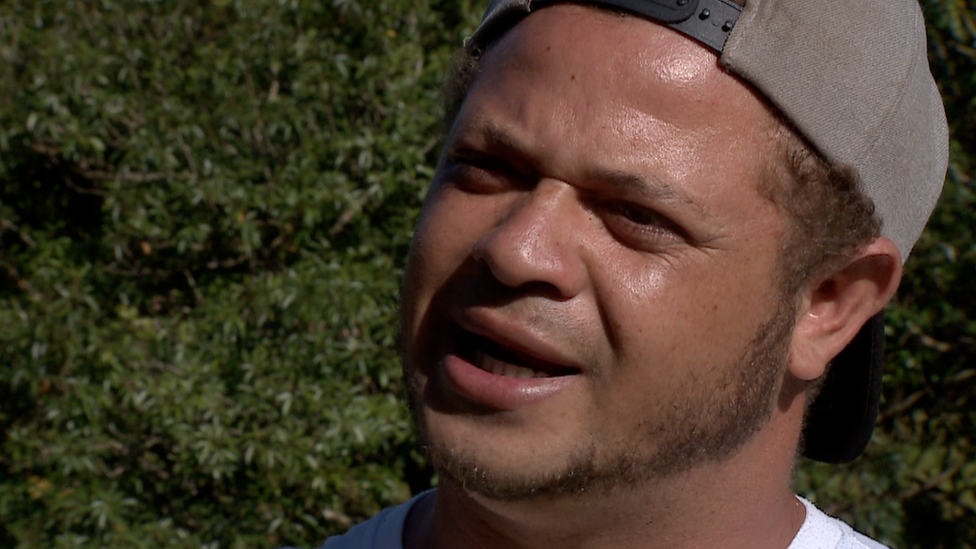
Eliu Camara de Siqueira Junior is among those mourning the loss of a family member
- Published1 February 2019
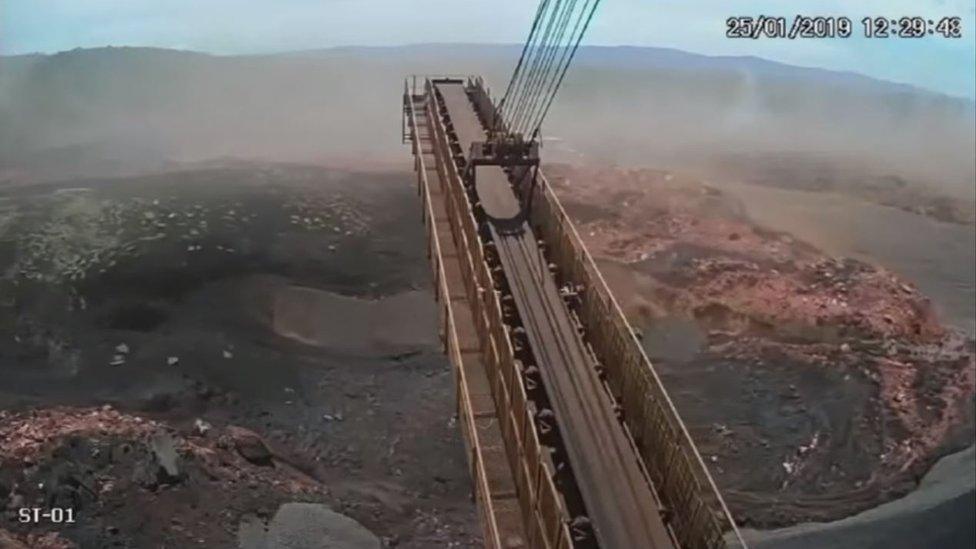
- Published1 February 2019
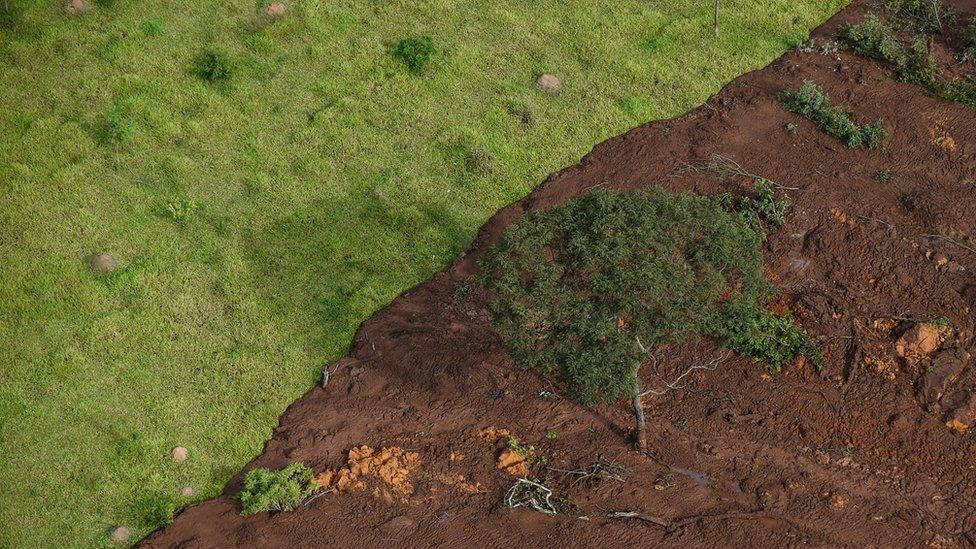
- Published31 January 2019
